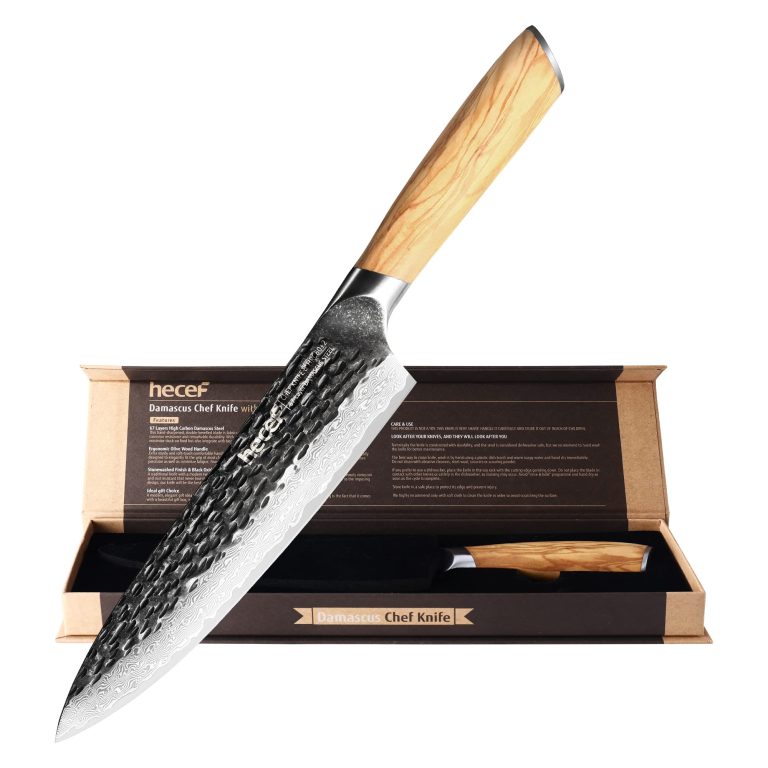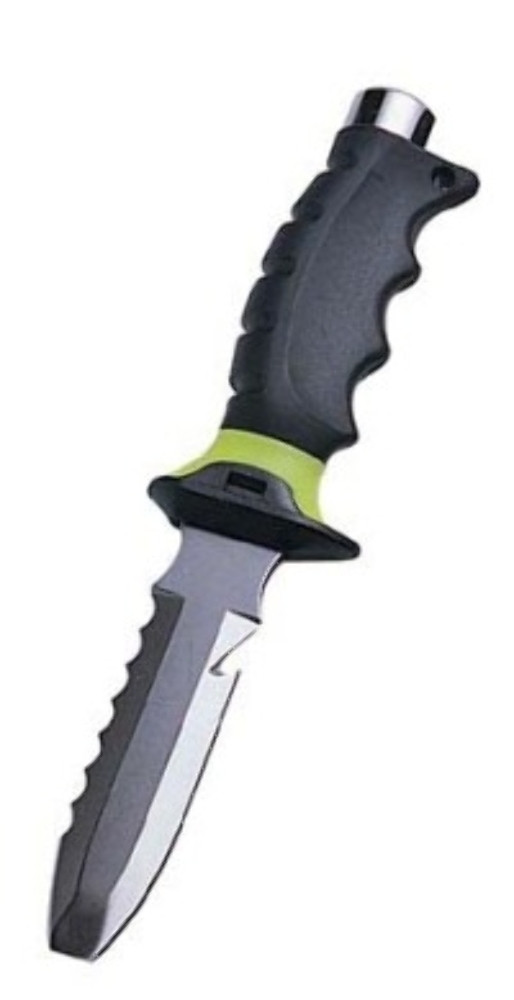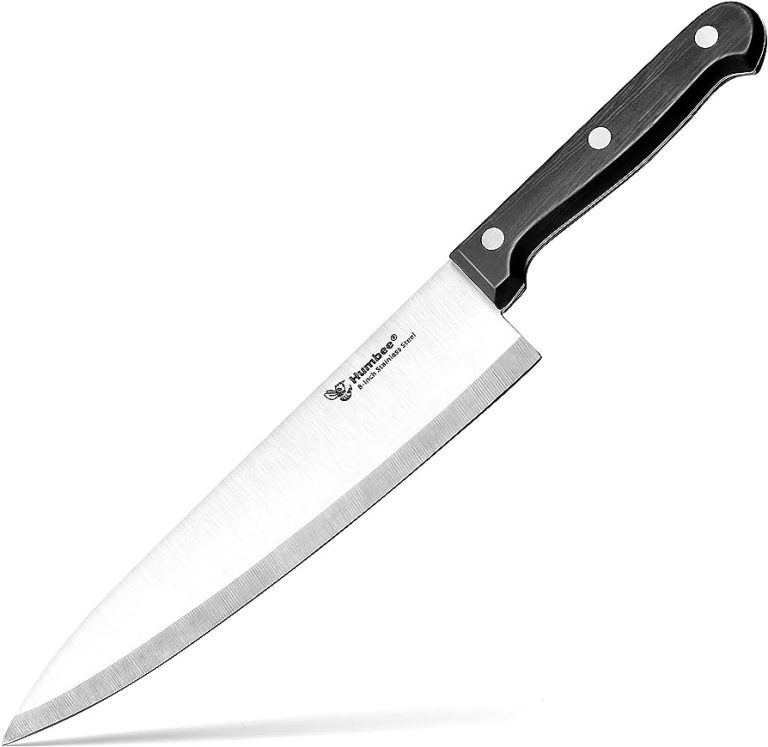Field Dressing 101: Mastering the Hunting Knife
Field Dressing 101: Mastering the Hunting Knife is the essential guide for learning the skills needed to properly use a hunting knife during field dressing. With concise and accurate instruction, this article provides readers with the knowledge and techniques necessary to successfully field dress game.
Whether you are a novice or an experienced hunter, mastering the hunting knife is crucial for ensuring a clean and efficient field dressing process. This article will cover the basics of selecting a hunting knife, proper knife handling techniques, and step-by-step instructions for field dressing various types of game.
By following these guidelines, hunters can enhance their skills and improve their overall hunting experience. So, let’s dive into Field Dressing 101 and become masters of the hunting knife.
Why Field Dressing Is Essential For Hunters
Field dressing is an essential skill that all hunters should master. It not only helps in preserving the quality of the harvested game but also reduces the risk of spoilage and bacteria growth. By field dressing the game immediately after the kill, you can prevent the meat from spoiling and ensure its freshness. This process involves removing the internal organs and entrails, which are the main sources of bacteria growth.
Field dressing is particularly important when it comes to preserving the quality of the meat. By properly field dressing the game, you can remove any unwanted blood, hair, or dirt, resulting in cleaner and better-tasting meat. It also helps in cooling down the carcass, preventing bacterial growth, and preserving the texture and flavor.
Field Dressing Tools And Equipment
| Field Dressing Tools and Equipment |
Choosing the right hunting knife is essential for successful field dressing. Look for a knife that has a sharp stainless steel blade with a pointed tip for precision cutting. Additionally, consider the knife’s size and weight, as you want it to be comfortable to handle.
Along with a hunting knife, there are a few additional tools that are necessary for field dressing. These include gloves to protect your hands, a bone saw for cutting through joints, and a gutting tool or field dressing kit.
To ensure the longevity of your field dressing equipment, proper care and maintenance are crucial. After each use, make sure to clean and dry your knife and other tools thoroughly. Apply a thin layer of oil on the blade to prevent corrosion. Store them in a dry and secure place to avoid any damage.
Selecting The Right Hunting Knife
When choosing a hunting knife, there are several factors to consider that will maximize your hunting experience. The first is the blade type and style. Different tasks require different blade shapes, such as drop points, clip points, or skinning blades. Understanding the purpose of each will help you make the right choice. Another important factor is the blade material and durability. High-quality stainless steel blades are known for their resilience and ability to retain sharpness. Additionally, considering the handle design and grip is crucial as it affects comfort and control. A comfortable handle with a secure grip prevents slippage and ensures precise cutting. By carefully considering these factors, you can select a hunting knife that meets your specific needs, enhancing your hunting experience and optimizing your field dressing skills.
Additional Tools For Field Dressing
When it comes to field dressing, having the right tools is essential. In addition to a hunting knife, there are several other tools that can make the process easier and more efficient.
| Additional Tools for Field Dressing |
|---|
| Gut hook: A gut hook is a small, curved blade that is perfect for opening the abdomen of an animal without puncturing its organs. |
| Bone saw: A bone saw is necessary for cutting through bones, making it easier to separate the different parts of the animal. |
| Game shears: Game shears are useful for cutting through tough tendons and cartilage, ensuring clean and precise cuts. |
| Field dressing kit: A field dressing kit usually includes all the necessary tools, such as knives, gut hooks, saws, and shears, in a convenient and portable package. |
Having these additional tools in your field dressing arsenal can greatly simplify the process and make it more effective. So, be sure to equip yourself properly before heading out on your hunting trip.
Field Dressing Techniques
Field Dressing Techniques Field dressing game is an essential skill for every hunter. Here is a step-by-step guide to help you master the process:
|
Preparing The Environment
Preparing the Environment
To ensure a safe and efficient field dressing process, it is essential to start by clearing a clean and flat area in the hunting grounds. This will provide a stable surface for the task at hand. Remove any debris, such as leaves or branches, and make sure the ground is free from any potential hazards that could interfere with the process.
Having necessary supplies and equipment nearby is crucial. Keep your hunting knife, gloves, and other essential tools within arm’s reach. This will save time and effort when field dressing the game and allow you to quickly address any unforeseen circumstances that may arise during the process.
Ensuring Safety Measures
When field dressing a hunted animal, it is crucial to prioritize safety at all times. Wearing protective gloves is essential to avoid any risk of injury or contamination. These gloves provide a barrier between the hunter’s hands and the animal’s body fluids, reducing the chances of infection or disease transmission.
Additionally, it is important to exercise caution when handling sharp objects, such as hunting knives. A slip or a moment of carelessness can result in severe cuts or injuries. Always ensure that the knife is properly secured in your hand and avoid rushing through the field dressing process.
Starting The Field Dressing Process
Starting the Field Dressing Process is a critical step in effectively preparing game for consumption. Proper positioning of the animal is essential to ensure a safe and efficient field dressing experience. Carefully lay the animal on its back with its legs spread apart for optimal accessibility.
Making incisions should be done with precision. Begin by locating the sternum and making a clean, vertical cut downwards towards the pelvis. Be cautious not to puncture any organs as you carefully open the body cavity. This step allows for easy removal of the internal organs.
A well-executed field dressing process is imperative to preserving the quality of the meat and reducing the risk of spoilage. Remember to handle the animal with respect, always practice safety measures, and be mindful of local regulations regarding hunting and field dressing.
Removing The Internal Organs
When it comes to field dressing game after a successful hunting trip, it is essential to master the proper removal of organs to avoid contamination. Here are some tips for avoiding contamination to ensure the best possible results:
- Use a sharp hunting knife to make clean and precise cuts.
- Wear disposable gloves to prevent the spread of bacteria.
- Always start by making an incision around the anus to avoid contaminating the meat.
- Take care when removing the digestive tract, bladder, and other organs, as puncturing them can spoil the meat.
- Keep the organs separate from the meat to prevent cross-contamination.
- Properly dispose of the organs in an appropriate manner.
By following these guidelines, you can ensure that your field dressing process is done correctly, minimizing the risk of bacterial contamination and maximizing the quality of your harvested game.

Credit: www.rmef.org
Removing The Hide
The technique of skinning game is a crucial part of field dressing. **Mastering this skill** ensures a successful hunt and preserves the hide for further use. Start by placing the animal in the desired position, whether hanging or on the ground. **Take care to avoid damaging the hide** during the process. Work methodically, using a **sharp hunting knife** to make incisions around the legs and gently peel the skin away from the body. **Exercise caution when cutting** around delicate areas such as the neck and ears. Keep the hide clean and free from dirt or debris. **Once removed, treat the hide immediately** to prevent spoilage and **preserve its quality**. Applying a **mixture of salt and borax** helps dry the hide effectively. **Regularly check and turn the hide** to ensure even drying. Following these techniques not only **maximizes the use of the animal**, but also helps **maintain the hide’s value**.
Proper Disposal Of Waste
Proper disposal of waste is essential when it comes to field dressing after a hunting trip. It is important to follow local regulations to ensure compliance and avoid any legal issues. Additionally, taking environmentally friendly options into consideration is crucial for sustainable practices.
Field Dressing Tips And Tricks
Field dressing is an essential skill for every hunter. To ensure a successful and efficient process, it is important to follow best practices and avoid common mistakes. Here are some tips and tricks to help you master the art of field dressing with your hunting knife:
- Choose the right location: Find a clean and flat surface to work on, away from dirt and debris.
- Use a sharp knife: A dull knife can make field dressing more difficult and dangerous. Keep your hunting knife sharp for clean and precise cuts.
- Start with the right incision: Make a small, shallow cut to avoid puncturing internal organs and contaminating the meat.
- Work systematically: Follow a step-by-step approach to remove organs and viscera in an organized manner.
- Keep it clean: Properly sanitize your tools and hands to prevent any contamination.
- Rushing the process: Take your time and be thorough to minimize mistakes and ensure quality.
- Incorrect handling: Mishandling the animal during field dressing can cause damage to the meat.
- Neglecting safety measures: Always wear protective gear and take precautions to avoid accidents.
- Improper disposal: Dispose of unwanted parts responsibly to prevent attracting predators or spreading diseases.
- Field dressing kit: Invest in a quality field dressing kit with specialized tools for efficient and easier dressing.
- Use game bags: Carry disposable game bags to prevent contamination and protect the meat.
- Learn from experts: Seek guidance from experienced hunters or attend field dressing workshops to improve your skills.
- Practice makes perfect: Regularly practice field dressing techniques to enhance your speed and precision.
Best Practices For Effective Field Dressing
Field dressing is a crucial skill that all hunters must master. To effectively field dress a game animal, it is important to follow some best practices. Firstly, ensure that you **work efficiently**. This means having a clear plan in mind and executing each step with precision. **Keep your workspace clean** to prevent contamination and make the process more organized.
When it comes to working efficiently, it is essential to possess a sharp hunting knife. A dull blade can make the task more challenging and increase the risk of accidents. **Regularly sharpen your knife** before heading into the field and carry a sharpening tool with you for touch-ups if needed.
Moreover, **knowing the anatomy of the animal** you are hunting is crucial. Familiarize yourself with the location of vital organs, such as the heart and lungs, to make the process quicker and more effective. Remember to **remain focused** throughout the field dressing process to ensure you do not miss any important steps.
Common Mistakes To Avoid
Common Mistakes to Avoid
| Mistake | Solution |
| Avoiding Cross-Contamination | Keep different tools and surfaces separate to prevent the spread of bacteria. Use separate cutting boards and knives for raw meat and vegetables. Wash your hands and instruments thoroughly before switching between tasks. |
| Preventing Damage to Meat | Ensure a clean and sharp knife to minimize unnecessary tearing of meat. Make precise and deliberate cuts to preserve the integrity of the flesh. Keep the blade away from bones and joints to avoid damage. |
Mastering the use of a hunting knife requires avoiding common mistakes that can impact the quality of the meat. One crucial aspect to consider is avoiding cross-contamination. This means keeping different tools and surfaces separate to prevent the spread of bacteria. Use separate cutting boards and knives for raw meat and vegetables, and always wash your hands and instruments thoroughly before switching between tasks.
Another important factor to consider is preventing damage to the meat. To do this, ensure you have a clean and sharp knife. Dull blades can cause unnecessary tearing of the meat, leading to a loss of flavor and texture. Make precise and deliberate cuts, keeping the blade away from bones and joints to avoid damage.
Tricks For Easier Field Dressing
Field dressing is a critical skill that every hunter should master, and having the right hunting knife can make all the difference. Here are some tricks and techniques to make field dressing easier.
Utilizing ropes and pulleys: Field dressing large game animals can be physically demanding, but by utilizing ropes and pulleys, you can make the process more manageable. Securely attaching the animal to a tree or other stable object with ropes allows you to manipulate its position, granting easier access to various body parts.
Partnering with others for assistance: Field dressing becomes significantly easier when you have the assistance of a hunting partner. Working together, you can share the workload and improve overall efficiency. Not only does this make the process less physically demanding, but it also allows for better precision and safety during the operation.
Cleaning And Maintaining Your Hunting Knife
Properly cleaning and maintaining your hunting knife is essential to ensure its longevity and optimal performance. To clean your knife effectively, start by wiping away any excess dirt or debris with a clean cloth. Use a mild soap and warm water to gently scrub the blade, taking care not to damage the edge. Rinse the knife thoroughly and dry it completely to prevent rust formation. It is advisable to apply a thin coat of oil to the blade after cleaning to prevent oxidation.
When it comes to storing your hunting knife, avoid humid environments and store it in a dry, well-ventilated area. Consider using a sheath or a knife roll to protect the blade from accidental damage and to prevent injuries. To maintain its sharpness, regularly sharpen the blade using a sharpening stone or a honing rod, following the manufacturer’s guidelines. Remember to regularly inspect the knife for any signs of wear or damage, and address them promptly.
Conclusion
Field dressing is an essential skill for any hunter, and mastering the hunting knife is a crucial part of that process. With the right technique and tools, you can efficiently and effectively field dress your game, ensuring its quality and minimizing waste.
Remember to always prioritize safety and maintain a sharp blade for clean cuts. Take the time to familiarize yourself with the anatomy of the animal and the best approach for each specific species. By following these guidelines, you’ll enhance your hunting experience and make the most of your harvest.
So, whether you’re a seasoned hunter or a beginner, honing your skills with the hunting knife is a valuable investment of time and effort. Happy hunting!






